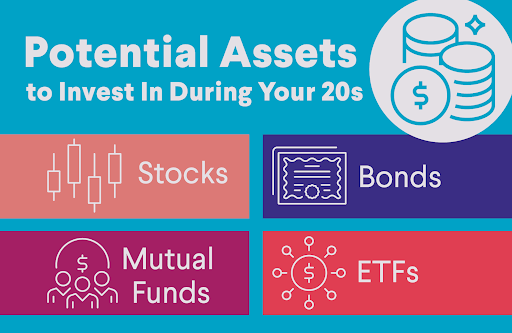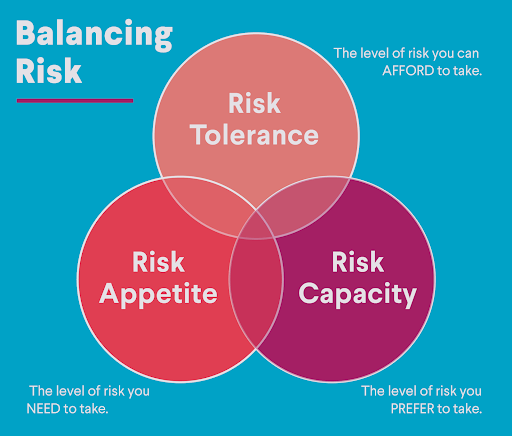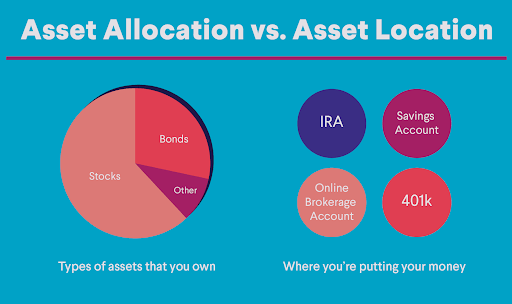What Are Holiday Loans?
Holiday loans are personal loans marketed toward those looking for extra money to pay for holiday expenses. In other words, they’re personal loans with some tinsel thrown on them. They are marketed to help people afford such seasonal spending as gifts, airfare to visit relatives, or the cost of renting a ski chalet for a big celebration.
Like other personal loans, holiday loans are usually offered at a fixed interest rate, and payments are made in regular monthly installments. However, even though they often come with lower interest rates than credit cards, taking out a holiday loan might not be the best financial move. Learn more here.
Understanding Holiday Loans
Holiday loans are basically defined as personal loans, with some seasonal flair. They may also be marketed as Christmas loans, depending on the financial institution that’s offering them.
The bank may list a variety of ways to use the money you get in a holiday loan, such as gift buying or holiday travel, but once the funds hit your account — just like with any other personal loan — you can use them for just about anything. There’s no need to verify that you put the funds toward, say, a new bike for your sweetie or a luxe hotel stay for the entire family.
Like other personal loans, holiday loans are usually unsecured. This means you don’t use a tangible asset like your home or a car as collateral, which means they may have higher interest rates on average than some other kinds of loans. They may also have more stringent qualification requirements, since an unsecured loan is a riskier prospect for the lender.
Features of Holiday Loans
The specific features of each holiday loan, including the amount available to borrow, will vary depending on the lender.
• Typical loan amount: Some banks may cap their holiday loans at relatively low amounts, like $2,000, while others might offer tens of thousands of dollars to borrowers, as long as they can meet the eligibility requirements.
• Interest rate: Most holiday loans come with a fixed interest rate. Because holiday loans are unsecured, interest rates tend to be higher than they are for secured loans like mortgages and car payments. For the 2023 holiday season, holiday loan rates ranged from approximately 7.99% to 13.99% annual percentage rate, or APR. However, these numbers will fluctuate with the economy and other factors, such as your credit score.
• Loan term: A typical loan term (or repayment period) is a year or longer. Some holiday loans may come with terms as long as five years, which is a long time to be paying off a Christmas gift, tickets to the Nutcracker ballet, or a holiday party, no matter how awesome it was.
• Fees: Be sure to read the fine print, because some holiday loans may also include additional fees like origination fees or early repayment penalties. If you take out a large high-interest loan, you may want to repay it more quickly than the term calls for to save money on overall interest.
• Application process: Many Christmas holiday loans and other variations can be applied for online. You’ll likely need to upload certain documentation to prove your identity and your earnings. However, if you prefer an in-person process vs. a holiday loan online application, you may find a bank or credit union in your area offers this option.
Pros and Cons of Holiday Loans
Like any financial decision, there are both benefits and drawbacks to consider when it comes to holiday loans.
Pros:
• Quick money upfront for holiday expenses (perhaps helping you achieve the “best holiday ever”)
• No need to put down collateral
• Longer payoff terms can keep monthly payments relatively low
• Easy online application process
Cons:
• High interest rates can mean you’ll likely pay a lot more for that gift or party than you would have in cash
• Interest rates may be higher than other sources of funding
• Origination fees and early repayment penalties could increase costs even more
• Payoff terms of several years can keep you in debt long after that holiday season is remembered
Who Should Consider a Holiday Loan?
In many cases, financial advisors recommend against going into debt to pay for a seasonal celebration. Interest charges mean you’ll pay more for everything you purchase than you would if you bought items with cash. Even the best holiday trip or Hanukkah present may not be worth paying hundreds or even thousands of extra dollars in interest.
However, sometimes there are compelling reasons to take out that holiday loan. Maybe your family is about to move cross-country and you want to have a special celebration with relatives. Or you and your partner want to use the holiday as the occasion to get a much-needed new car.
Whatever the case, you are likely to have the best outcome with a holiday loan if you are confident you can repay the loan in full, preferably ahead of its full term. That can help you dodge some of the interest charges. Just be sure to check the fine print so you won’t be subject to any early repayment penalties.
Recommended: Affordable Ways to Celebrate the Holidays
Alternatives to Holiday Loans
If you want to enjoy an unforgettable season, there are alternatives to holiday loans worth considering.
Saving Up in Advance
Yes, you’ve probably thought of this one — but as mentioned, going into debt almost always means paying interest, and interest means each purchase costs far more than it otherwise would. Planning ahead and perhaps making automatic transfers into a savings account over the months prior to the holiday season can be a smart move.
Using Credit Cards Strategically
If you have access to a credit card with a high enough limit, it might be an alternative to a holiday loan. Again, though, if you want to avoid paying interest, make sure you’re in a position to pay it off in full before the grace period ends.
You may also be able to apply for a new credit card that offers a 0% interest promotional period. Usually, these periods last about a year, which could give you more time to pay off the holiday debt without accruing interest. But again, make sure you can pay it off in full before time runs out. Otherwise, you may face interest rates even higher than you would with holiday loans.
Other Financing Options
As the holidays roll around, you might also consider some other ways to pay for seasonal expenses.
• You could take out a standard personal loan (vs. one marketed as for the holidays). This will typically have a lower interest rate than credit cards. See how these compare to holiday loans before you commit.
• You might see if a close friend or family member would be willing to loan you some money; just make sure to honor the terms of repayment so as not to rock your relationship.
• Buy now, pay later offers allow you to purchase items on a form of layaway plan.
• Another possible source of funding could be a P2P loan, which involves individuals lending and borrowing to one another without a bank’s involvement.
Recommended: How Much Will a Personal Loan Cost You?
The Takeaway
Holiday loans are personal loans marketed to people looking for extra money to spend on holiday expenses. While some are on the smaller side (up to $2,000), some lenders will approve tens of thousands of dollars to borrowers for holiday purchases and celebrations. Compare options carefully, though. You likely don’t want to spend any longer than necessary paying off holiday expenses. Shop around for the right terms to suit your financial situation.
Think twice before turning to high-interest credit cards. Consider a SoFi personal loan instead. SoFi offers competitive fixed rates and same-day funding. Checking your rate takes just a minute.
FAQ
Is it difficult to get a holiday loan?
Because holiday loans are unsecured loans, which can be a relatively high-risk venture for the lending bank, they may have more stringent application requirements than secured loans like mortgages and auto loans. However, some lenders may advertise holiday loans for bad credit. These can come with even higher interest rates and fees than other similar loans, though.
Are holiday loans common?
Holiday loans aren’t the most common type of personal loan; personal loans are more commonly taken out by people consolidating debt or renovating their houses. But holiday loans are certainly not unheard of, and many lenders advertise them specifically.
Do banks typically offer holiday loans?
While not every bank offers holiday loans, many banks, credit unions, and other financial institutions offer regular, unsecured personal loans. Funds from those loans can be used to pay for holiday expenses. (In fact, many holiday loans are essentially the same product as personal loans.) No matter what kind of loan you’re taking out, always be sure you understand the full fee structure, including the total amount of interest you stand to pay over the lifetime of the loan, up front.
Photo credit: iStock/Tempura
SoFi Loan Products
SoFi loans are originated by SoFi Bank, N.A., NMLS #696891 (Member FDIC). For additional product-specific legal and licensing information, see SoFi.com/legal. Equal Housing Lender.
Disclaimer: Many factors affect your credit scores and the interest rates you may receive. SoFi is not a Credit Repair Organization as defined under federal or state law, including the Credit Repair Organizations Act. SoFi does not provide “credit repair” services or advice or assistance regarding “rebuilding” or “improving” your credit record, credit history, or credit rating. For details, see the FTC’s website .
Non affiliation: SoFi isn’t affiliated with any of the companies highlighted in this article.
Financial Tips & Strategies: The tips provided on this website are of a general nature and do not take into account your specific objectives, financial situation, and needs. You should always consider their appropriateness given your own circumstances.
SOPL-Q324-021
Read more







